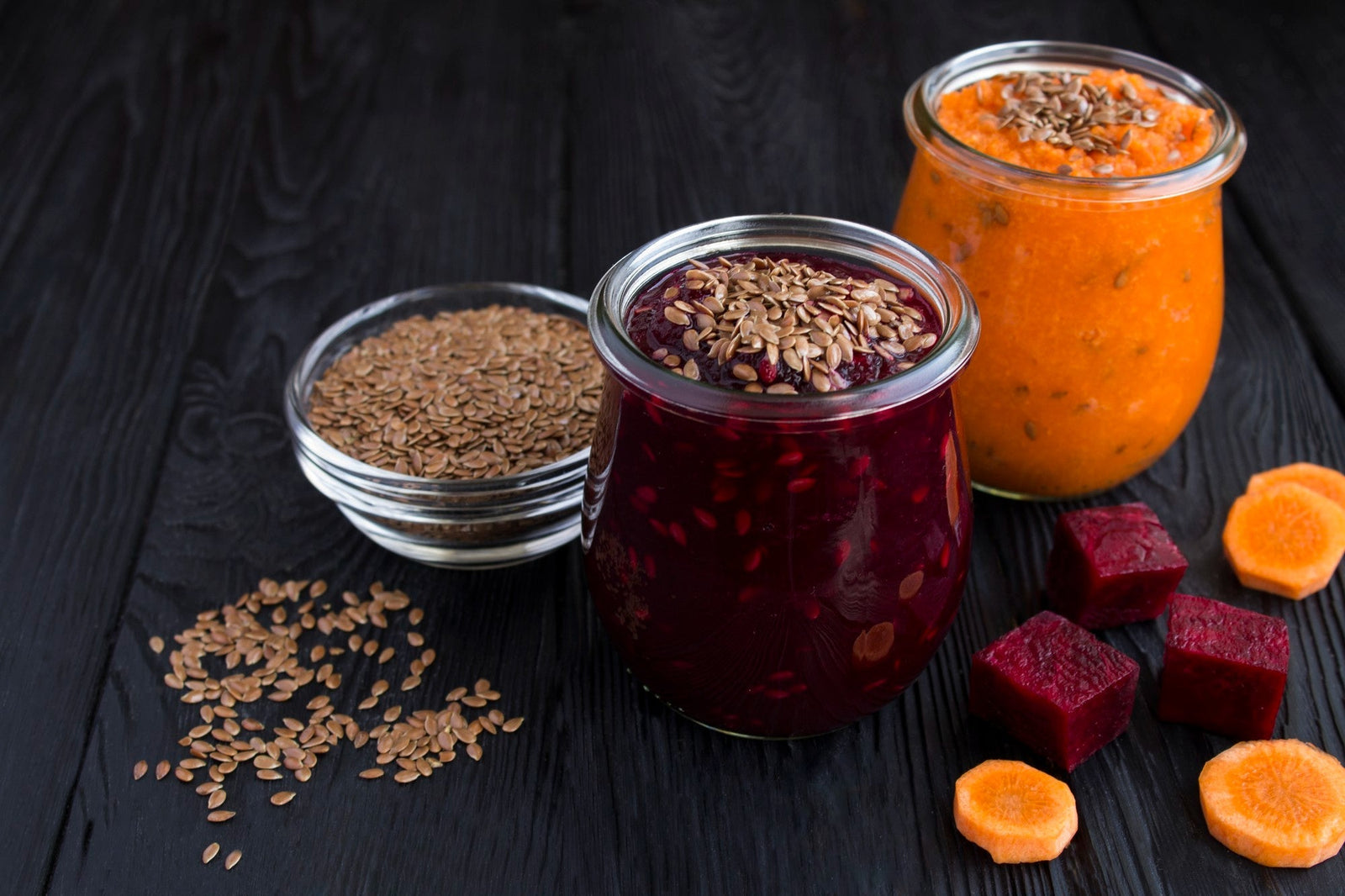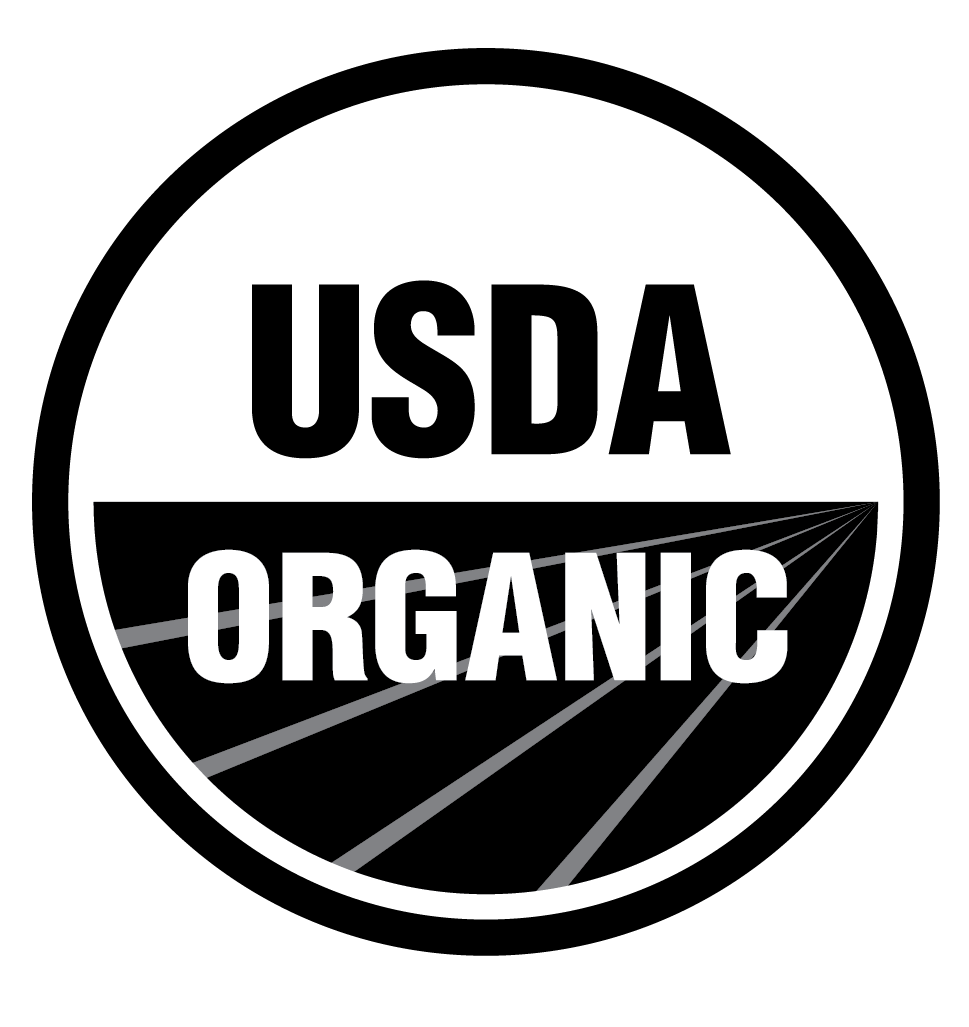
December 29, 2020 2 min read
Anti-nutrients are natural or synthetic compounds found in certain foods that interfere with the absorption of nutrients. For the most part, the body’s ability to absorb and use essential nutrients like vitamins and minerals are believed to be compromised when anti-nutrients are consumed. This bears the potential for nutritional deficiencies a well as conditions related to gut health.
Phytic Acid
Phytic acid, also known as phytate, is perhaps the most well-known of all anti-nutrients and has raised the most debate. It is a substance found in many types of plant foods such as grains, legumes, nuts, and seeds. In the case of whole grains, phytic acid is found predominantly in the bran while in seeds and legumes, it resides almost entirely in the endosperm. Phytic acid has the ability to bind various essential minerals like iron, calcium, zinc, and magnesium in the digestive tract and inhibit their proper absorption by the body.
Saponins
Saponins are found in a variety of plant sources ranging from legumes to nightshade vegetables and seeds like quinoa. They are characterized by their soap-like quality to create foam in water. Saponins contribute largely to the foam that rises to the top of the pot when beans and chickpeas are cooked. Ingestion of these anti-nutrients can lead to saponins binding with cholesterol causing a leaky gut or increased inflammation in the digestive tract
Lectins
These anti-nutrients are found in grains and beans. Lectins are considered harmful as they can affect digestion by damaging the lining of the intestines causing leaky gut disorder. This condition allows for anti-nutrients to leak into the bloodstream giving rise to autoimmune disorders.
Others like phytoestrogens found in soy products can impact female fertility, hormonal imbalances, and thyroid function. Protease inhibitors are found in beans, grains, and nuts along with certain fruits and veggies and can interfere with protein breakdown. Despite their ability to affect mineral absorption, the content of most anti-nutrients can be minimized by different culinary processes such as cooking, soaking, germination, and fermentation of the foods which contain them. To learn more about how to soak to remove anti-nutrients, read our blog Why Soak Grains Before Cooking?
❤ Try our USDA certified organic products ❤
Related Blogs:
Thanks for reading this Be Still Farms Blog article. To sign up for more news/articles and/or recipes, click here. For more about us, click here. To shop our certified organic products, click here.
Please comment and share and we look forward to serving you in the future!
Comments will be approved before showing up.

January 27, 2025 3 min read
Flaxseed, the tiny yet powerful superfood, is packed with nutrients that can support weight loss. From curbing hunger to stabilizing blood sugar, this guide dives into the science of how flaxseed can help you shed those extra pounds.

December 11, 2024 3 min read
Discover three quick and easy soup recipes featuring organic small red beans. From a classic vegetable soup to a creamy potato blend, these wholesome recipes are perfect for chilly days and busy weeknights. Packed with flavor and nutrition, these soups will warm your heart and soul this winter!

December 06, 2024 3 min read
This vibrant and nutritious Green Lentil Salad combines tender lentils with grilled chicken, fresh vegetables, and a zesty lemon dressing. Packed with protein, fiber, and essential vitamins, it’s the perfect healthy meal for any time of day.
© 2025 Be Still Farms- Real, Fine Organics.
Privacy | Terms | Refund Policy | Organic Certification
